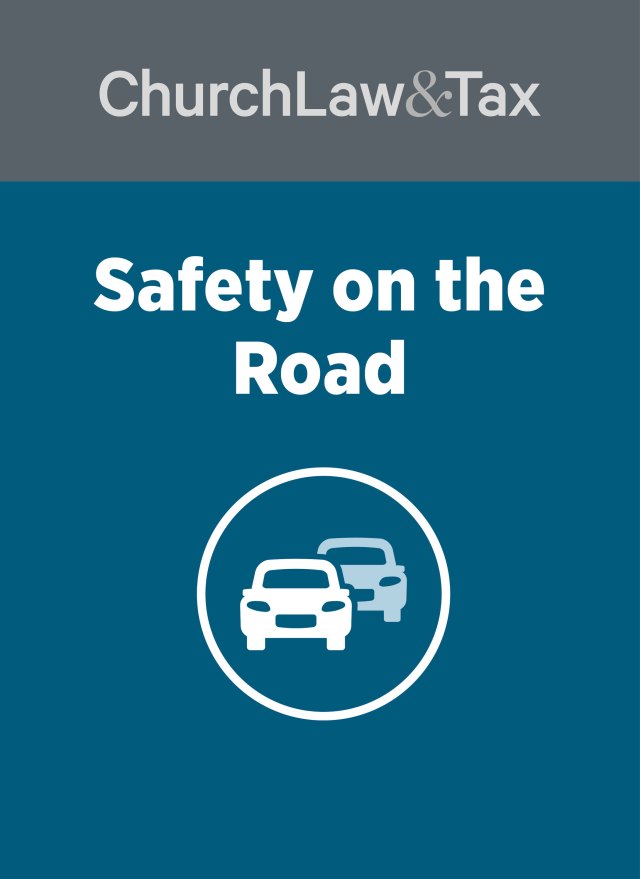Parkway Southern Baptist in New Albany, Indiana, relies on church transportation to shuttle people to and from church, bring kids to Wednesday night programs, and travel for mission trips. When the church decided to replace its 15-passenger van, Pastor Henry Ford sought guidance from other churches. He learned about the construction of different buses, issues with specific parts, and other details that guided his church’s search.
In a similar spirit to Ford’s search, here are three tips to help your church before it buys a new bus:
1) Your transportation needs are unique
Many elderly people use ministry transportation at Parkway Southern Baptist, and getting in and out of the van was a struggle for them.
“You have to be a contortionist to get in and out of a 15-passenger van,” Ford says. “We’ve actually had people fall getting out of the van. They’ve tripped on a seatbelt or something else and literally fallen to the ground.”
Parkway chose a new 14-passenger bus (purchased from ChurchBus.com) with a high ceiling and center aisle that gets riders in and out with ease.
For other churches, a lift and wheelchair accessibility might be necessary. Others might not need the wheelchair lift, but they might choose to purchase a bus with a built-in ramp. Rear storage space might be a prerequisite for churches planning to use the bus for longer trips.
Jerry Remus, sales manager for Carpenter Bus Sales, says every church must consider its unique needs, but the unique nature of buses also may pose one significant challenge to churches: someone qualified to drive it.
“Any bus over 15 passengers requires a Class C with P endorsement driver’s license,” Remus says.
A church-owned bus—with its name on the side—also provides marketing. “It’s a moving billboard,” says Rob Zimmerman, president of BestChurchBus.com. “It’s a great way to get people interested in the church.”
Carpenter Bus Sales reports that 15- and 26-passenger buses account for 60 percent of sales in the ministry transportation market. Other common bus sizes are 26-passenger (with or without rear storage) and 33-, 40-, and 45-passenger.
If a church only needs a bus occasionally, or for special trips, it may make more sense to rent rather than purchase, Remus says. That eliminates the upfront expense, as well as ongoing maintenance and insurance costs.
2) Safety matters
Many churches still use 15-passenger vans, which can result in liability issues for church leaders, says Jacob McBurnie, national sales manager for ChurchBus.com.
“The National Transportation Safety Board first declared 15-passenger vans unsafe over a decade ago,” McBurnie says. “They have released several warnings about their unsafe nature since. Most insurance companies are taking steps to clear their books of 15-passenger vans, and most church denominations have sent regular warnings to church leaders as well.”
According to Carpenter Bus Sales, 15-passenger buses are the safe alternative to 15-passenger vans.
“Buses are built to safely carry passengers.” Remus says. “They are designed with full steel cage construction, side impact beams, and a chassis designed for stability, thus reducing the possibility of rollover.”
Buses also provide a low first step, hand rails, and wider, more accessible aisles, making entries and exits easier—and safer. McBurnie says other important safety features include an emergency rear door and side marking turn signals.
3) Know the company
When talking to various dealers, McBurnie recommends asking these questions:
- Will the dealer assist with service needs?
- How familiar is the company’s representative with church needs?
- Does the company carry products designed specifically for church groups?
- How long has the company been in business?
“Choose to work with a company that has built a good reputation,” McBurnie says. “Church groups often make the mistake of ruling out a particular company early in the process because they are located farther away. But most service needs will be handled at a local chassis manufacturer dealership regardless of where the bus was purchased.”
New vs. used
Church leaders might assume that a used church bus is the best fit for their budget, but buying a used bus is not the same as buying a used car. Unlike automobiles, new bus prices are not regulated by a Manufacturer’s Suggested Retail Price (MSRP). And Kelley Blue Book values don’t cover buses.
“Since buses are a tool—and not a personal vehicle—there has never been a desirable used bus market,” Remus says. “Churches should understand that a bus is not an investment as viewed purely from an economical perspective, but rather a liability and a depreciating expense that serves the ministry.”

